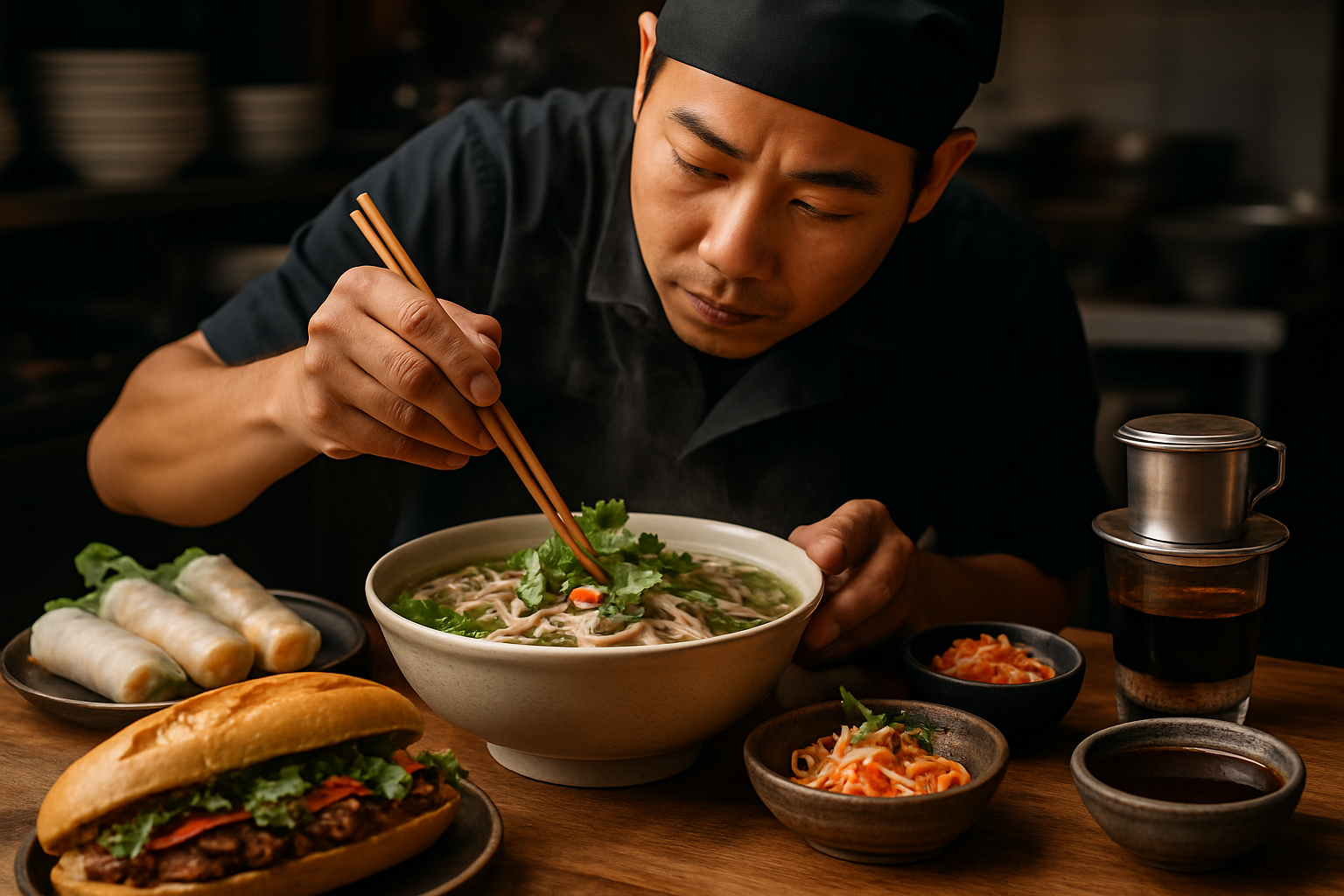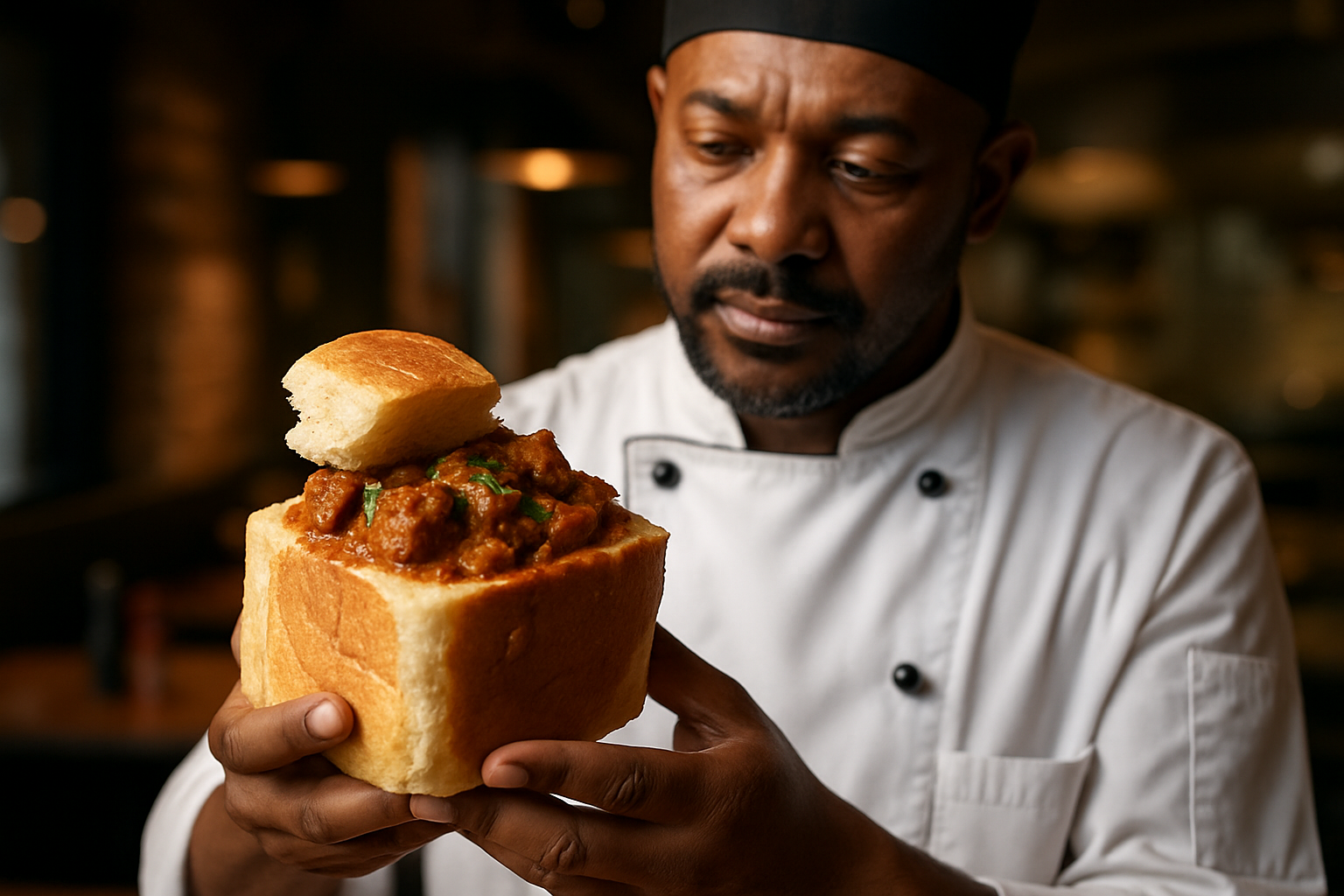Noodle Revolution: Slurping Through Global Fusion Bowls
Noodles, the ultimate comfort food, are getting a makeover. From ramen to pho, these stringy delights are now canvases for culinary creativity. Join us on a journey through the world of fusion noodle bowls, where tradition meets innovation, and every slurp tells a story of cultural exchange and gastronomic adventure.

These innovative dishes are more than just a passing fad. They represent a new era of culinary exploration, where boundaries between cuisines blur and new flavor combinations emerge. From Korean-Mexican ramen to Thai-inspired Italian pasta, these fusion creations are redefining what we expect from a bowl of noodles. As global travel and cultural exchange continue to influence our eating habits, fusion noodle bowls stand as a testament to the power of food to bring people and cultures together.
Crafting the Perfect Fusion Noodle Bowl
Creating a fusion noodle bowl is an art that balances tradition with innovation. The key lies in understanding the core elements of different cuisines and finding harmonious ways to combine them. Start with a base of high-quality noodles – this could be anything from Japanese ramen to Italian spaghetti, depending on your fusion concept. Next, consider the broth or sauce, which often serves as the bridge between different culinary traditions.
Toppings and garnishes are where you can really let your creativity shine. Mix and match ingredients from various cuisines to create unexpected flavor combinations. For example, try topping a bowl of Vietnamese pho with Mexican-style grilled corn and cilantro, or add a sprinkle of za’atar to your Italian pasta for a Middle Eastern twist. The goal is to create a dish that’s greater than the sum of its parts, offering diners a unique and memorable eating experience.
Unexpected Flavor Pairings That Work
One of the most exciting aspects of fusion noodle bowls is the opportunity to discover surprising flavor combinations. Some pairings that might seem unconventional at first can actually create harmonious and delightful tastes. For instance, the umami-rich miso paste from Japanese cuisine can add depth to a carbonara sauce, while Mexican chipotle peppers can bring a smoky heat to Thai-style noodles.
Don’t be afraid to experiment with sweet and savory combinations. A dash of maple syrup in a spicy Korean-inspired noodle dish can balance the heat and add complexity to the flavor profile. Similarly, fruit-based salsas can bring a refreshing twist to heavier, meat-based noodle bowls. The key is to start with small amounts and adjust to taste, always keeping in mind the overall balance of flavors in your dish.
Techniques for Blending Culinary Traditions
Mastering the art of fusion noodle bowls requires more than just combining ingredients from different cuisines. It’s about understanding and respecting the cooking techniques that make each culinary tradition unique. For example, you might use the French technique of mounting butter into a sauce to add richness to an Asian-inspired noodle dish, or apply the Chinese stir-frying method to create a quick and flavorful Italian pasta dish.
Fermentation, a technique used in many cuisines around the world, can add depth and complexity to your fusion creations. Try incorporating kimchi into a tomato-based pasta sauce, or use miso as a marinade for grilled meats to top your noodle bowl. By blending techniques as well as ingredients, you can create dishes that are truly innovative and exciting.
Plating and Presentation for Maximum Appeal
In the world of fusion noodle bowls, presentation is just as important as taste. The visual appeal of your dish can enhance the dining experience and build anticipation for the flavors to come. Start by choosing the right bowl – traditional ceramic ramen bowls work well for Asian-inspired fusions, while wide, shallow pasta bowls are perfect for Italian-based creations.
Layer your ingredients thoughtfully to create a visually striking dish. Place the noodles at the base, then arrange toppings in sections to showcase the different elements of your fusion creation. Use contrasting colors and textures to make the dish pop – think vibrant herbs, crispy garnishes, and colorful vegetables. Finally, consider adding a finishing touch that hints at the fusion nature of the dish, like a sprinkle of furikake on an Italian pasta or a drizzle of chimichurri on a Japanese-inspired bowl.
Noodle Fusion Tips & Facts
• Experiment with different noodle types to find the perfect texture for your fusion dish
• Balance flavors by combining ingredients with complementary taste profiles
• Don’t be afraid to mix hot and cold elements in the same bowl for textural contrast
• Use herbs and spices from different cuisines to create unique flavor combinations
• Consider the nutritional balance of your fusion bowl by incorporating a variety of food groups
• Remember that fusion is about respecting and celebrating different culinary traditions, not appropriating them
In conclusion, fusion noodle bowls represent a exciting frontier in culinary exploration. By blending flavors, techniques, and presentation styles from diverse cuisines, we can create dishes that are not only delicious but also tell a story of cultural exchange and creativity. Whether you’re a professional chef or a home cook, the world of fusion noodles offers endless possibilities for innovation and discovery. So grab your chopsticks (or fork) and dive into this global noodle revolution – your taste buds will thank you!





